What are you listening to and WHY might anyone be interested? (Vol. XIII)
Posted by: Richard Dane on 01 January 2017
2017 has arrived today, so time to start this thread afresh.
Last year's thread can be found here;
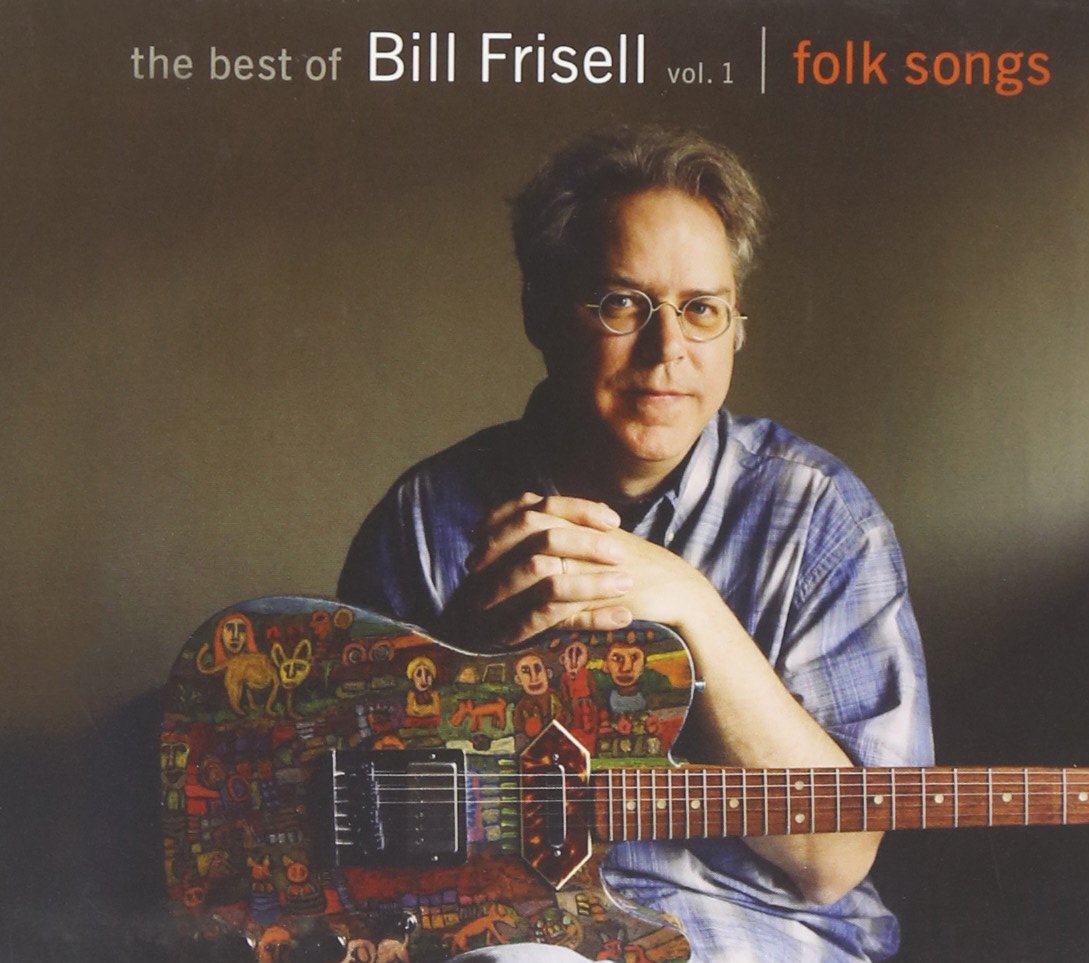
George Cables trio - Letter to Dexter

On Vinyl - First Pressing - Mono
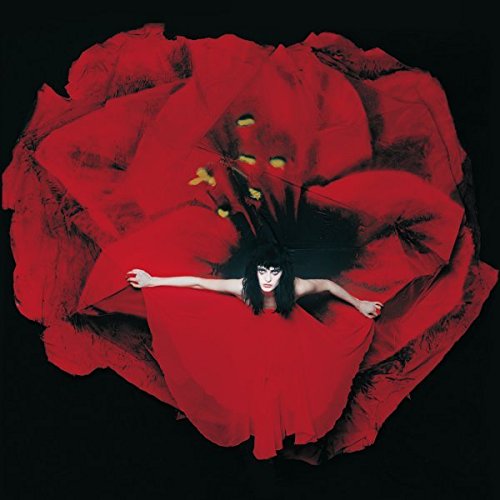
Smashing Pumpkins - Adore
On CD:-
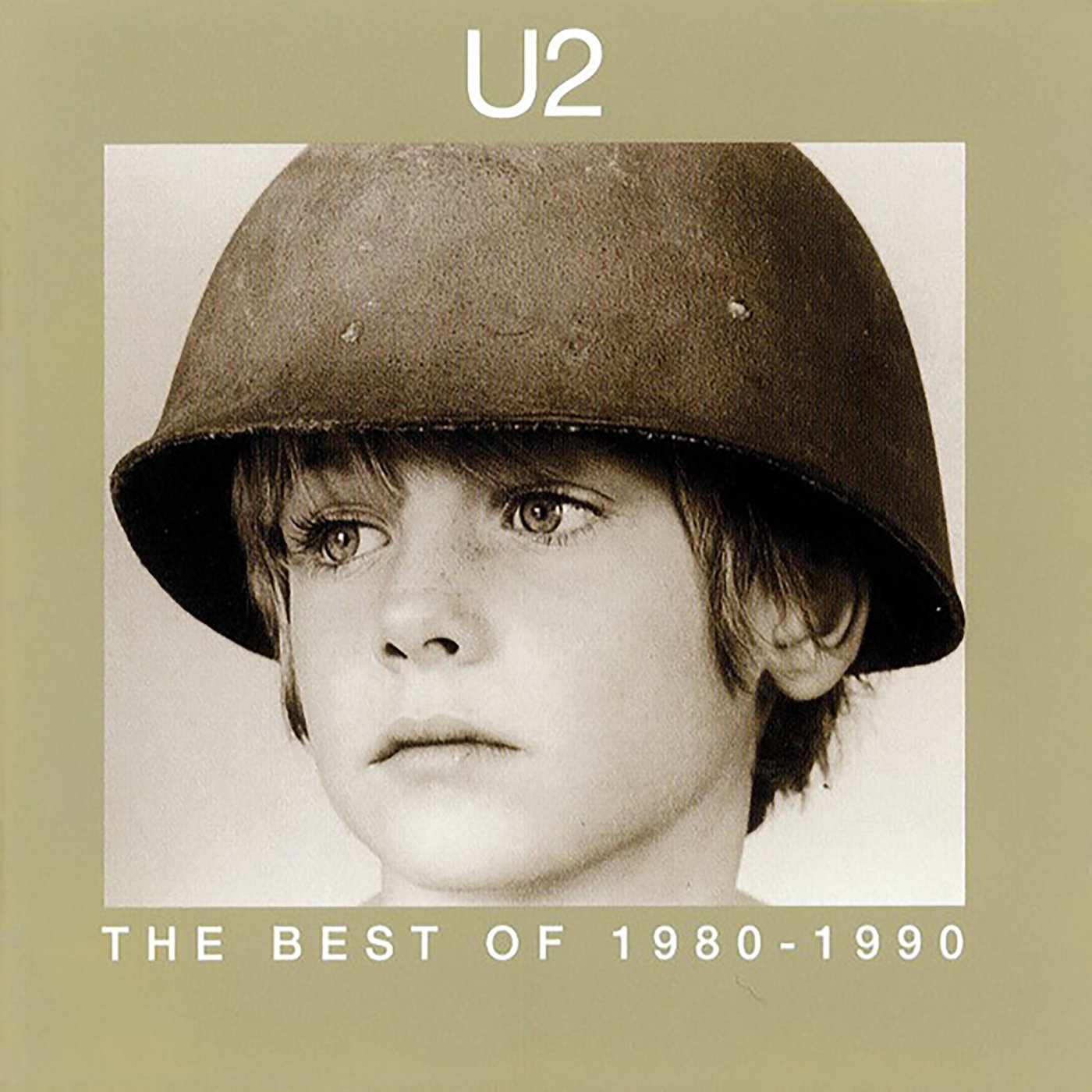
U2 - The Best Of 1980 - 1990

Rubber Soul - Beatles
I have been playing all the old Beatles first edition monos I bought in my youth. This is one of the best before they went to stereo with Sargent Pepper. With a good setup mono is really just as good, and I believe the Beatles themselves liked mono in the earlier years.
With the Beatles
Hard Day's Night
Beatles for Sale
Help
Revolver
Phil
James Rhodes: Now would all Freudians please stand aside (piano recital)

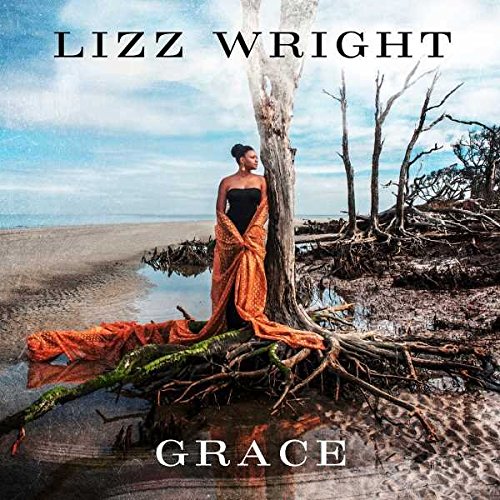

(1967)
From a lovely sounding original Mono CD, a 1988 Cube Label disc printed in France.

(2017)
Carrying on with some more Procol Harum, this one just the half a century after their debut, I was pleasantly surprised how enjoyable it is.
Great jazz...

In the few months since its release, Like a Great River has won exceptional acclaim from journalists and audiences around the world. Radio France, referring to the album as “a discovery”, featured it on the front and end of its Jazz program. Jazz Magazines such as Jazz Thing (Germany) and Concerto (Austria) raved about its melodic beauty and announced Tzur’s entrance to the international Jazz scene as a musical storyteller. These photos are from a review of the quartet’s live concert in Brussels by Jazzques (Belgium), where Jacques Prouvost writes: “The audience remains in suspense and hardly dares applaud, not to break the magic of the moment.”
Before at word, great album...


Some classic Genesis before cooking dinner. Every so often the first few lines of lyrics from the opening song on this album just pop in my head and I know it's time to give the album another listen.
Mike, Is Supper Ready?
C.
Edit: Agh, I was so desperate to make a quip I now realise I have the wrong record :-)

Christopher_M posted:Mike, Is Supper Ready?
C.
Edit: Agh, I was so desperate to make a quip I now realise I have the wong record :-)
"Can you tell me where my country lies"
Funnily enough, writing this has just brought this line to mind, "Walking across the sitting room, I turn the television off". I'm going to have to scratch the itch, but I think I'll go for the Steve Hackett version at Hammersmith.
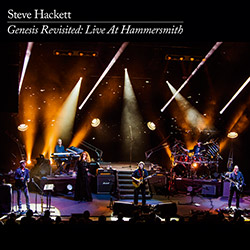
An interesting mix of modern jazz and aribian roots......


Midge Ure
No Regrets - Tidal HiFi
- NO REGRETS
- AFTER A FASHION
- TEXTURES
- IF I WAS
- THE MAN WHO SOLD THE WORLD
- THAT CERTAIN SMILE
- WASTELANDS
- CALL OF THE WILD
- ANSWERS TO NOTHING
- FADE TO GREY - LIVE
Edward

Original vinyl
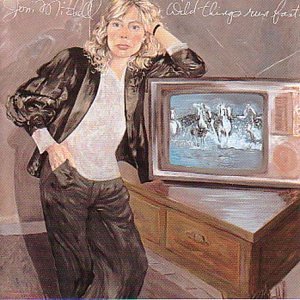
Why? Down at the Chinese cafe we'd be dreaming on our dimes...
steve

The first part is brilliant and would invite anybody to listen, so gentle and melodic...., the 2nd part is more the piece of an angry young man and requires some level of endurance before gentle tones set in again. Also a bit of noise floor on the recording. So a new release in high resolution audio might be an interesting step. The overall set of the Sun Bear Concertos is absolutely recommended....

Before beginning this review, I imagined writing one line and one line only: Let the music speak for itself. And while such a move does have a certain charm, if not arrogance, I can only hope that the following attempts to transcribe what Keith Jarrett’s Sun Bear Concerts say to this listener might convey even the humblest fraction of the wonders therein. Over the course of two weeks in November of 1976, Jarrett laid his hands to keys in five major Japanese cities for an historic series of improvised concerts. The result was a 10-LP set, now telescoped to six CDs, that must be heard to be believed. Within this modestly typographed grey box beats one of ECM’s profoundest creative hearts. In light of this, a more fitting line might read: Keith Jarrett is music itself. Let it only be the beginning.
Kyoto, November 5, 1976
Part 1 opens in absolute heaven with I daresay the most spellbinding music ever elicited from a piano. Like all such things, it grows all the more affecting as it transforms into something else entirely. Jarrett introduces some jazzier ornaments into these tectonic elegies until he reaches what sounds like a Philip Glass motif broken open, maps drawn from its essence in half-note rolls. Expulsive chording animates this newborn organism with premature self-awareness. This is music to make one weep, for like tears it drips from the eyes and tastes like the sea. With patience, it becomes ecstatically uplifting, scaling a virtual ladder of Steve Reichian phases before plunging into an exhilarating vamp over which Jarrett sings and dances his blissful way. Every rise and fall is vividly etched into our minds as he articulates the grace that so consumes him. He begins to tread water, taking in his aural surroundings like a compass simultaneously pointing in every direction. He dives deep into the notion of depth itself, where sounds are muted as much by the water as by the careful transparency that defines it. With every sweep of a cupped hand, every kick of a calloused foot, we are brought nearer a world where sound takes the place of air. His fingers seem to double their strength in numbers, spreading wide with ecstatic cause, all the while reliving a poignant memory in reverse.
Part 2 brings us into a noticeably more resonant space, and is like multiple radios broadcasting some morbid ragtime catharsis. This music is as good an example as any of how everything that Jarrett does is also done to us. We are flexed, tumbled, turned, and reconfigured at every moment, an endless series of resurrections throughout which one desires no particular body. Jarrett’s tender singing buoys every kinetic gesture. His fingers stretch like wisps of cloud and harden into a giant’s hands. Like Scrabble tablets knocked from their board, the numerical value of every letter becomes meaningless as it slips into a linguistic black hole, in which only the sound of applause echoes like a faceless totem in the audible universe.
Osaka, November 8, 1976
Part 1 is loosely enfolded in time, leaning nostalgically into the forgiving winds of its own recollection—running, tripping, falling, and pulled up every time by strings of hope. It is a persistent hunger that feeds on itself. It pauses to regroup and redeploy, coalescing like a breath into voice. The pianism here breathes organically, shaping itself through a bridge of chemical interaction that connects the physical and cosmological worlds. Jarrett rests in familiar territory while the lead runs off on its own scavenger hunt, bringing back one melodic treasure after another. His creative energy seems inexhaustible in such moments. One begins to appreciate the continuity of his art, for pauses stand out with such weighted clarity that they remind us we’ve been listening to an unbroken stream all along. The music develops into a rolling vamp in which Jarrett foils his own precision with that of chaos. His playing soon plateaus, shaving one hair-thin layer after another from his cartographic imagination as it falls into a Gurdjieff-like trance. From this delicate weave he tears out an image like some consonant idol, only to stagger on dissonant legs into solitude with the resoluteness of a vibrating string coming to rest. Like the vocal articulations that emerge toward the end, this music is guttural and scrapes deep inside a barrel of emotional reserves before ending on a luscious chord, one note suspended from every fingertip like a celestial ornament.
Part 2 begins with a parallel statement from both hands, spreading out ever so slightly like an infant fractal into its implied harmonies. After a cry-inducing peak, Jarrett falls into lilting runs that are variously robust and crumbling. With the quiet revelry of self-discovery, Jarrett crosses boundaries here like identities, each traversal bringing with it a new fear of discovery. It is the fear of the known over the unknown, the lighthouse beyond which one perseveres through adversity, and yet in which is encapsulated all possibilities of being lost. These gorgeous but terse meditations open like an ever-evolving gift before suddenly breaking into an airy enlightenment, bringing with them a hope one never knew existed. The end flutters like the wingtip of a bird loosed from the edge of our half-sleep.
Nagoya, November 12, 1976
In Part 1, not only does Jarrett draw upon his travels, it seems, but also creates new ones as they happen. This music begins in a tighter embrace, coalescing around the piano’s middle range, so that when high notes begin cutting through the fabric of our attention with solid ether, we feel them acutely: a tingle in the spine, a twinge at the back of the brain, a skip in our heartbeats. Jarrett traverses quieter waters, catching the errant melody in his net. The atmosphere is as meditative as that of Osaka and achieves this state through a buildup of energy, the release of which is found in its continual accumulation. With every layer peeled, we come closer to an anthemic center, through which is articulated an oceanic expanse of memories. Some of these are playful, others cumbersome, but all deeply informative of the present moment as a subjective portrait of the music personified. We emerge from this jaunty reverie clad in new aural garments, sewn by a melodic other.
Part 2 reclines with anticipatory passion in an extended introductory ballad. Jarrett is in particularly astute form here, finding in every note the potential for a thousand more. In his simplicity breathes a host of surrounding narratives, each more involved and more historically minded than the last. With this performance, Jarrett shows that even at his most contemplative moments he is all fire. As he seesaws between lower and higher registers, he lapses into transcendental flutters, as if to interrupt our rest with the promise of transmigration. It is a reserved and careful path, but one in which footsteps leave permanent marks of their passage. It is the stories that press them into the earth that are ephemeral, forever lost among the vestiges of diaristic instincts.
Tokyo, November 14, 1976
As if to mimic the geography of his travels throughout Japan, the music finds its own capital in Part 1, fleshing through a long and varied history the deepest heart of the metropole. From gentle beginnings Jarrett tells an inspiring tale of youth gone awry, of love cut short and most unexpectedly reformed, and of the undeniable art these tribulations birth through the performative moment. Over one of his most engaging ostinatos, which he pulls and stretches to its utmost capacity, Jarrett paints a forest of faces opening their mouths without speech. Over time, the trees blend into a more flirtatious musical energy, unfolding in what I can only describe as a passionate aggression into an ecstatic and heartwarming ending.
Part 2 unfolds like a vision and may very well change the way you look at the world, as it describes even the most familiar things with a profound sense of renewal and supreme awareness of the illusory nature of reality. Jarrett’s right hand is like a memory encroaching upon the present of the left, until both become unified in an invisible story. It is a story that can be told only once. Though Jarrett locks himself in a confined space, he flirts with anarchy through anthemic modalities, alternating between heavy arpeggios and even heavier punctuations, and ending in a chaotic resolution toward that last uphill climb.
Sapporo, November 18, 1976
Part 1 begins in flame, glowing like a candle in the window that is so far away it appears as a star. Jarrett locks himself into loops upon loops. These are not periods of indecision, but simply felt as they are felt. At once romantic and mechanical, his sound opens in a captivating sustain-pedaled passage. With equal ardor, it is arrested by a damper just as the intensity gels with magnificent density. It is knocked over like an ink bottle onto the parchment of a somber ballad. The ends of the piano curl in on themselves like a quantum leap through musical space-time as they fall into galactic slumber.
Part 2 paints a funkier sky, brimming with hope and lithe exuberance. Its bittersweet resolution is tempered by a premonition. Such are the moments in which Jarrett is at his most vocal. As the energy diffuses, it unleashes a selfless stream of consciousness. We become privy to a deeper current of animation. We ignore the stumbling blocks at our feet and touch the sky with our hands instead. And as our bodies dissolve into light, we become the sounds that shaped our physicality in the first place. All that’s left of us is a single image of childhood, balanced ever so precariously at a cognitive cusp. From it, we fashion a new one, repeating this process until we are spent.
Appended to these epic journeys are a few possible destinations in the form of three encores. Sapporo is another minimal yet meditative juggernaut. A constantly finger-pedaled C hardwires itself into every exaltation. Tokyo is a heartrending 8-minute experience, throughout which sadness becomes the most harmonious aspiration we can think of. One would be hard pressed to uncover a more magical moment in the Jarrett archive. Nagoya walks a similar path, taking a familiar chord progression and turning it into a ritual object, this time fading in a series of spaced chords, for which there is only stillness as altar.
This set is dearest to my heart, not only for the music it contains but also for having been performed in a country throughout which I have traveled extensively and which has dominated my creative and academic interest for years. I can almost feel the pulse of every city in which he performs (my feet have left their ephemeral prints on all but Sapporo), sharing in the unique atmosphere of each. A bit romantic, maybe, but a reaction I cannot help but nurture every time this music graces my ears. And while location need not necessarily inhere itself into any musical happening, I do feel there is a distinct quality to these Japan performances. One can feel it in the rapt silence with which Jarrett’s audience shows appreciation throughout, in the cathartic applause and appeals for encore.
The Sun Bear Concerts prove that not only is Jarrett an unparalleled improviser but a melodician of the highest order. These pieces are consistent in their striking differences, yet all seem couched in a palpable melancholy that is striated with joy. Despite the sheer volume of music that seems to reside in Jarrett’s entire physiological being, one gets the sense after listening to these six-and-a-half hours of brilliance that they comprise but a single molecule of creation dissected and slowed to discernible speeds. At least we, at this moment in time, can witness these atomic paths, knowing full well that their beauty lies in an allegiance to silence. Not a single note ever feels out of place, because it has no place to begin with, except as the emblem of that which is gone before it arrives.
If you ever buy only one recording of Keith Jarrett, look no further. Then again, why stop here?



Fink - Biscuits for Breakfast.
I've just ordered his new album, due for release on the 15th., so, just to keep me going for now .......... brilliant stuff.
